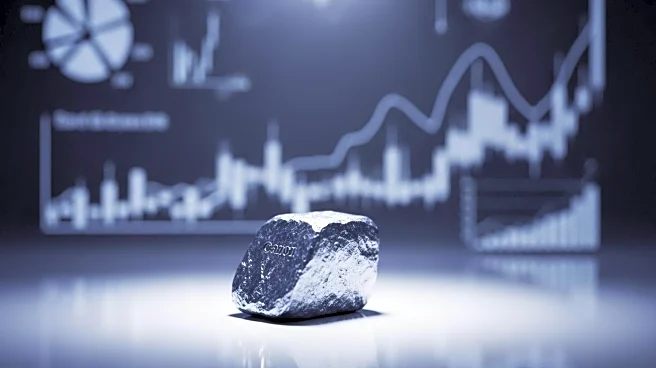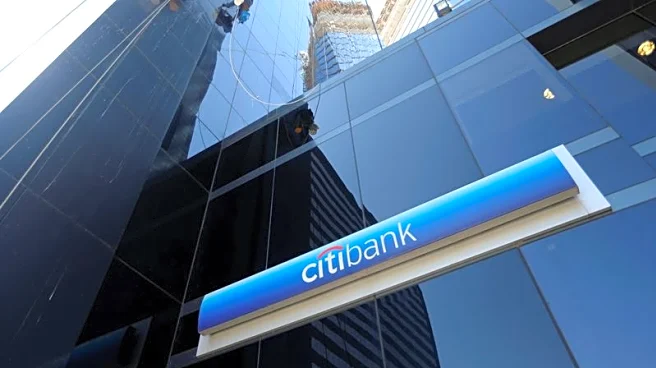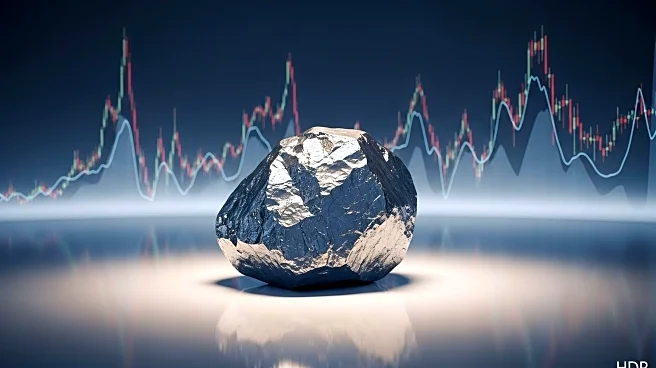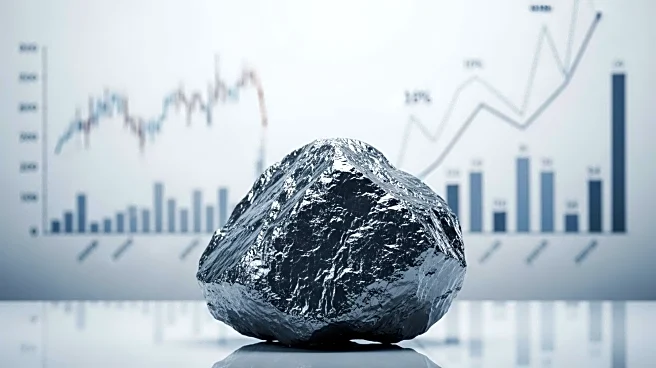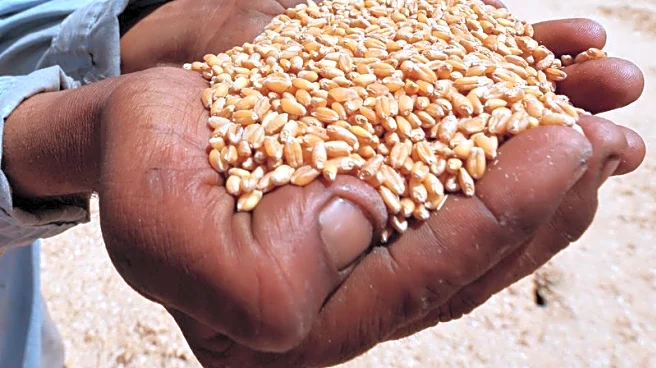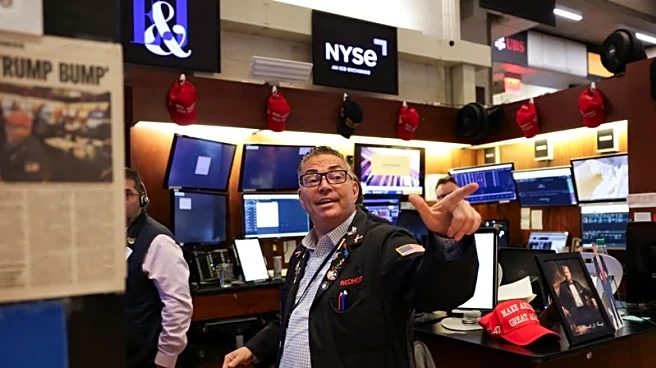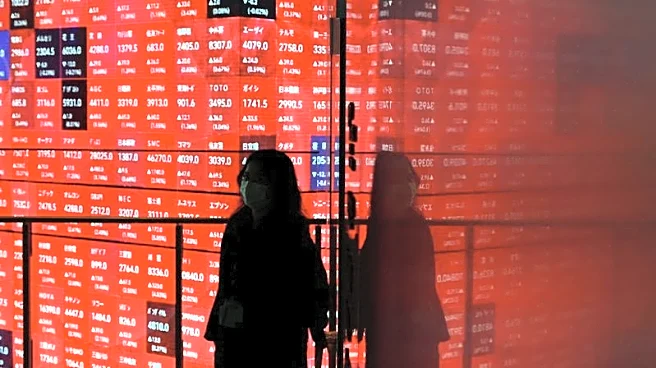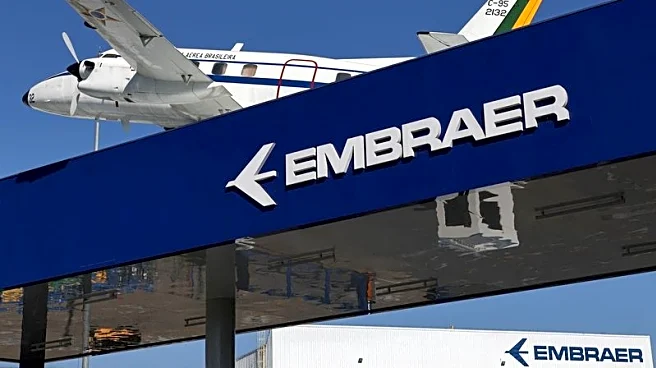What is the story about?
What's Happening?
Goldman Sachs has updated its iron ore price forecast, reflecting a complex investment landscape. The bank increased its fourth-quarter 2025 price target to $95 per metric ton, up from $90, due to short-term supply constraints and increased demand in China. However, the long-term outlook is less optimistic, with a projected price drop to $80 per ton in 2026. This forecast is influenced by a predicted global surplus and weakening demand, particularly from China. The short-term optimism is driven by supply-side reforms and environmental restrictions in China, which have temporarily tightened supply and boosted demand. Despite this, Chinese steel production saw a 7% year-on-year decline in May 2025, highlighting volatility and the risks of relying on policy-driven demand. Additionally, U.S.-China trade tensions have led Goldman Sachs to reduce its ex-China seaborne ore demand growth forecast to 3%.
Why It's Important?
The revised forecast by Goldman Sachs underscores the challenges faced by investors in the iron ore market. The short-term price increase offers potential gains, but the long-term outlook suggests caution due to structural oversupply and geopolitical tensions. The anticipated surplus, driven by increased production in Australia and Brazil, poses significant risks. China's role as a major demand driver is weakening, with its steel production trajectory declining. This situation presents a dilemma for investors, who must balance short-term opportunities with long-term risks. The forecast highlights the need for strategic hedging and monitoring of key market triggers, such as Chinese steel production recovery and trade dispute resolutions.
What's Next?
Investors are likely to focus on short-term gains while preparing for potential long-term challenges. The market will be closely watching China's supply-side reforms and environmental policies, which could delay the onset of the surplus. Additionally, the resolution of U.S.-China trade tensions will be crucial in shaping future demand dynamics. Investors may adopt hedging strategies to mitigate risks associated with the forecasted surplus and geopolitical uncertainties.
Beyond the Headlines
The iron ore market's dynamics reflect broader economic and geopolitical trends. The interplay between supply constraints and demand fluctuations highlights the impact of environmental policies and international trade relations. The forecasted surplus could lead to shifts in global trade patterns, affecting not only iron ore producers but also industries reliant on steel. The situation underscores the importance of sustainable production practices and the need for diversified investment strategies.
AI Generated Content
Do you find this article useful?
